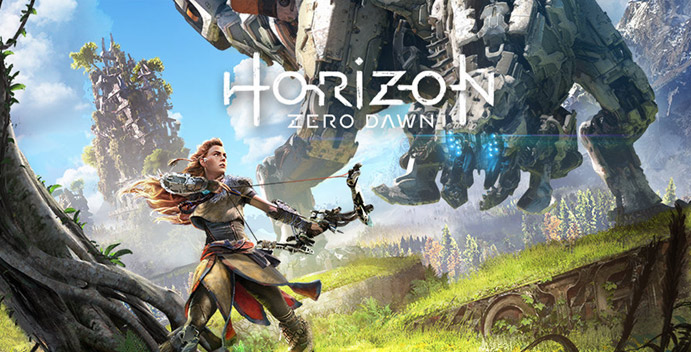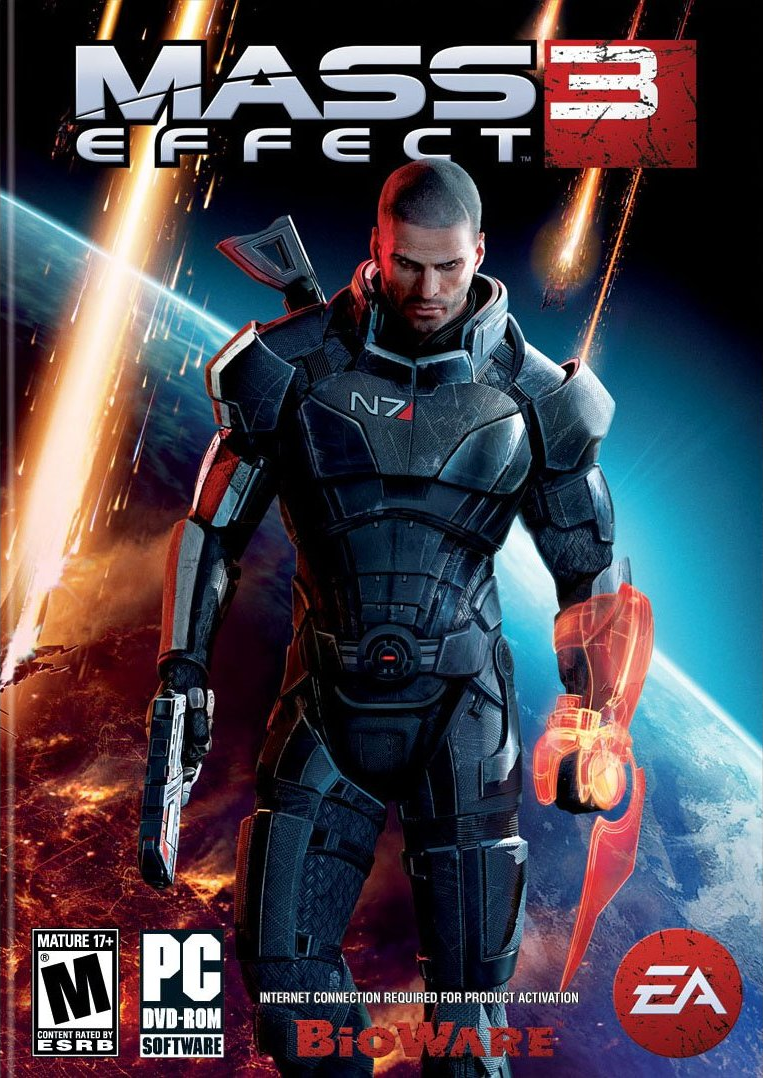It's hard to talk about games like Abzu or anything from studio thatgamecompany without getting into arbitrary definitions about what constitutes a "game." For some, they do not qualify. Instead, only games like Dark Souls or Furi or Horizon Zero Dawn qualify for such status because they are built upon the notion of challenges. Can't be a game if there is no fail condition! For others, that might not be such a central part of what makes something a "game." It can be a little trendier to instead label these types of things as simply, "interactive experiences," but that admittedly never made sense to me given that games are inherently that. Have you ever played something that wasn't? For me, Abzu is a great example of the diversity of functions video games can provide, and I label it a video game because I just don't personally care about that. "Video game" is just easy, and really, who cares?
Distinguishing that Abzu is not actually from thatgamecompany - the studio behind meditative games like Flower and Journey - can sometimes be tricky. It has many of the same elements of their games. However, it does come from studio Giant Squid. You would be forgiven for making the connection, though, as several key members of Journey worked on Abzu. Both share a director and composer, for example.
Most prominently, the art style closely resembles the distinct cel-shaded style of Journey. Given the game is meant more as a meditative experience, the visuals are perhaps more important than a typical game (not that it's ever not significant, of course). Levels feature areas where players can press a button specifically too meditate while observing the world around them, so if the environments aren't beautifully realized and rendered, that wouldn't exactly work out well. Additionally, the simplicity of the controls is another shared aspect. Simulating a submarine world, it can take a little getting used to the camera, since players can move up and down in addition to left/right and forward/backwards, but it isn't designed to be complicated. Everything about the game - from its art design to its wonderfully composed score to its gameplay - is designed to be relaxing. Perhaps the worst part of it is that to move forward, you must hold down the right trigger. It might depend on which console you play it on, but holding down the trigger for minutes at a time can actually be a bit physically uncomfortable, which is especially problematic in a game built for relaxation.
Story elements connect to previous thatgamecompany works as well. As was the case with Flower - a game in which players control flower pedals on the wind, smashing man-made structures - the central goal is to free natural life from dark, destructive man-made forces. In Flower, destroying the structures freed the world from its darker and drearier colors. Bright green grass and new flowers with vibrant colors bloomed across as cheerier music blared. Abzu has players looking to free oceanic life, and as more of it is released back into the world, the more uplifting and dynamic the world became. Director Matt Nava clearly has an affection for the natural world, and enjoys meditating on the symbiosis required of us for an enduring and enjoyable world.
Indeed, that love and admiration of the natural world is a common theme among these games, but the creators also use that to connect us to our own history. The respect for the oceans and bodies of water is apparent in just the name. In Sumerian mythology, the ocean goddess Tiamat and fresh water god Abzu united to form all life. Of course, that is scientifically the ultimate origin of all life on Earth as well. Without the seas, we would not be here. More, the further we destroy our bodies of water and their delicate ecosystems, the more we endanger ourselves. Fresh water is literally required for our own survival. Water is an essential need to our bodies, as well as for animals and plant-life that we consume as well. For many, marine wildlife is a critical part of their diet or economy as well. Once upon a time, these creatures and the water itself was revered with religious vigor. In Abzu, people have meddled so much and have simply taken advantage of the ocean's supplies with no respect to it that it is becoming uninhabitable. When you first encounter the great white shark, it is - classically - scary! It attacks one of your robot companions, then runs off into the tall seaweed. For half of the game, you are meant to fear the shark, as we have long been taught to do in our own culture. Yet at some point, it becomes clear that the shark is merely protecting its habitat. It dies attacking the central mechanical pyramid that is destroying the ocean. Life and the ecosystem will return to a healthy state only when people become respectful of it again, and you take up the task of ridding it of those devices.
The background of this world also tends to come from images painted on walls below the surface. Frequently, players will discover Egyptian-like paintings of the human world, wherein it appears ancient peoples once worshiped the oceans and its wildlife. The great white shark, a prominent character in the game, is revered almost like a god. At some point, however, people began harnessing the power of the ocean. That symbiotic relationship between people and sea started to dissipate, and it came at the cost of the ocean and its wildlife. The beauty of its story, even if nothing completely unique or original, is in its unfolding through imagery and exploration. Players are rewarded for taking the time to really look at the world around them, and for spending some time considering their implications.
The meditative, exploration-driven nature of it gives it a similar vibe to Journey, while the love of nature and the goal of revitalizing it (including by soaring through some quick streams) give it more of a gameplay connection to Flower. It might not technically be thatgamecompany, but it practically is. It's a gorgeous game with a beautiful score, and it is a good way to unwind from a hard day's work (or after an hour or two of Dark Souls III). For me, an avid lover of sharks and marine wildlife, with a profound respect for the ocean, it is a surprisingly meaningful game considering there is no dialogue whatsoever. These folks are pretty great at utilizing the "visual" side of video games to tell a narrative. It might not be as emotional or compelling as Journey, but it is still a solid game. If you enjoy those slower, relaxing, more meditative games, you'll likely enjoy Abzu.
(I know, Abzu technically has a circumflex over the u. I don't know how to add that from this Chromebook.)
REDUCTIVE RATING: Pretty relaxing! It's good!
Available On: PS4, XBox One,





